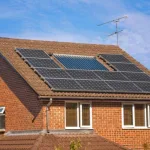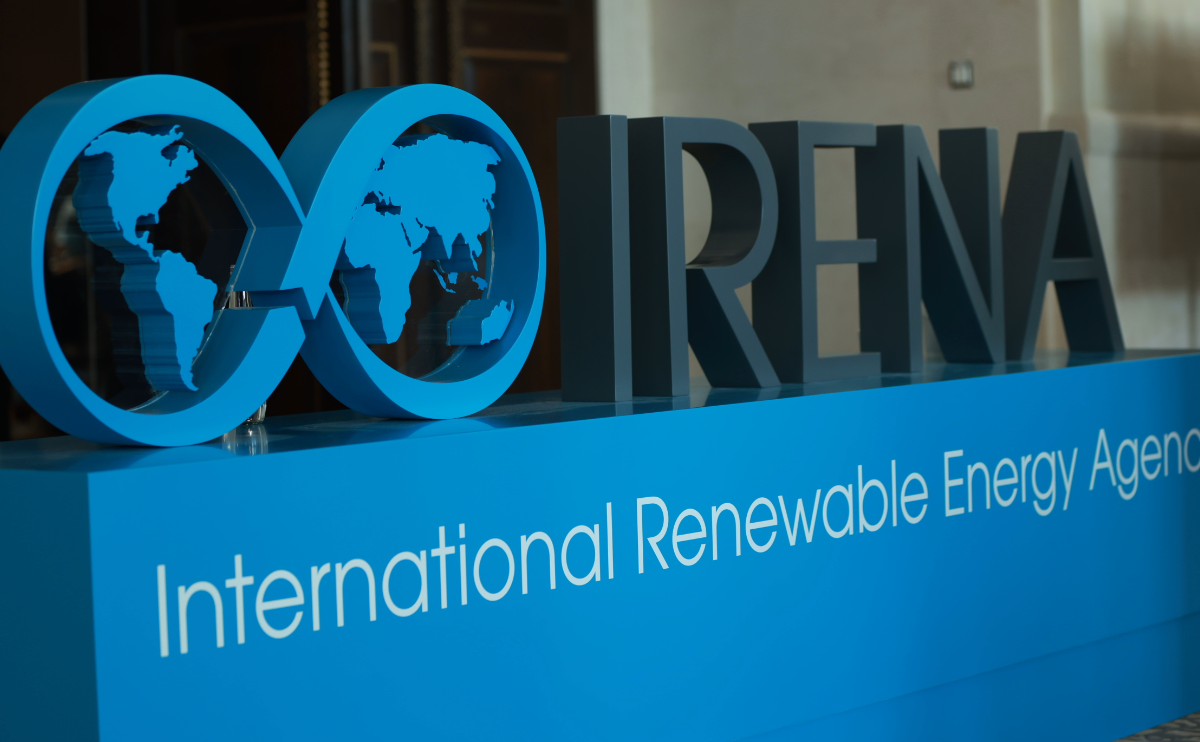
Sun shines on the richest: New study explores how to make solar PV viable for all
June 6, 2024
3 trends influencing the adoption of residential solar PV inverters
June 7, 2024– PV MAG – Apr 11, 2022 EDT ( Southeast Asia)
Raptor Maps, a leading solar lifecycle management software provider, published its fourth annual report on global PV system underperformance. The report reveals an increase in power affected from anomalies—from 1.85% in 2020 to 2.63% in 2021, equivalent to a more than 100 MW energy production impact.
The most common PV anomalies can emerge at the system, module, or sub-module level. Specifically, they span functional units including off-nominal inverters, environmental conditions including overgrown vegetation, and module or sub-module findings including activated bypass diodes.
Raptor Maps utilized machine learning technology to analyze 2021 data from unmanned and manned aircraft inspections across 20 GW of utility and C&I systems. The proprietary dataset spans 66 million modules in 32 countries and covers various installation types, geographies, and climates. JinkoSolar, First Solar, Canadian Solar, Trina Solar, JA Solar, and Hanwha were the most common manufacturers in the dataset. It also involved other BloombergNEF Tier-1 modules. The report’s backdrop of increased costs of capital and supply chains also highlights the need to use advanced technology to maximize power output. It’s expected that financiers, developers, owners, and operators will increasingly require more sophisticated inspections, software, and data analytics to ensure their assets are appropriately constructed and profitably maintained.
Operational excellence is no longer enough. Solar financiers, asset owners and asset managers must leverage data and analytics to make intelligent decisions that reduce soft costs.
—explains Eddie Obropta, CTO and co-founder of Raptor Maps.
Companies sought more in-depth inspections data in 2021. The percentage of drone inspections that were Comprehensive—the most granular inspection level—increased from 21% in 2020 to 24% in 2021.




